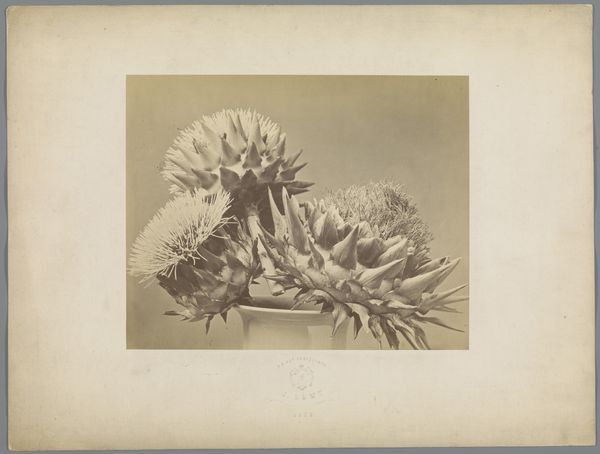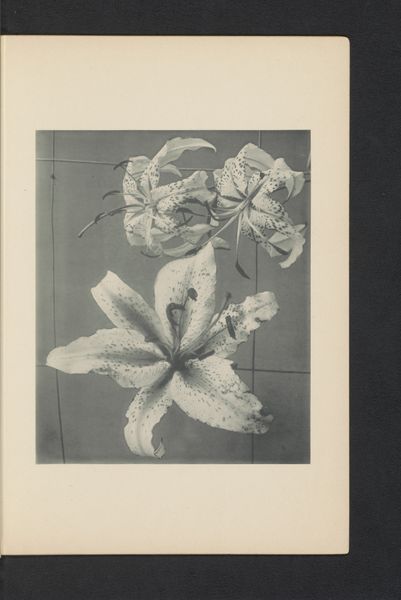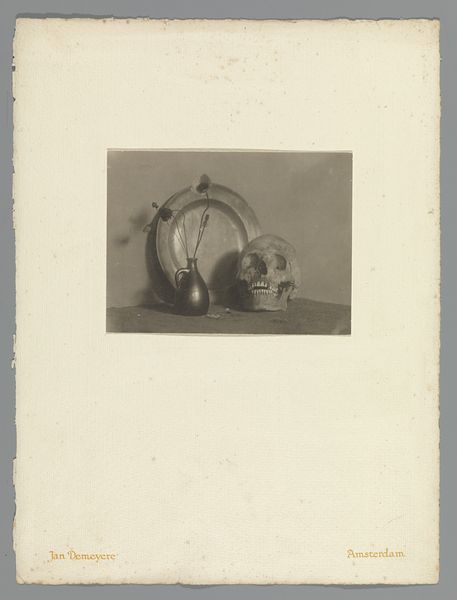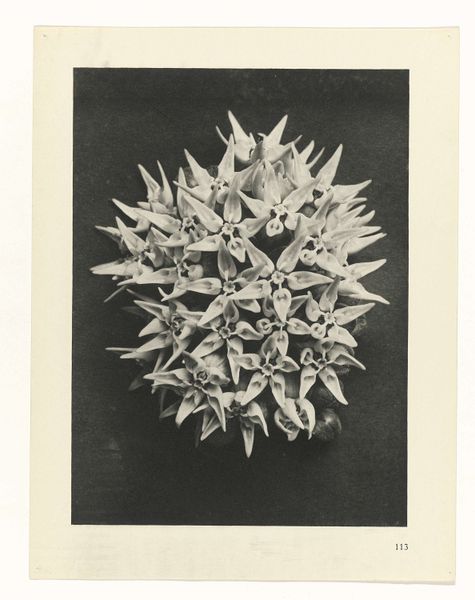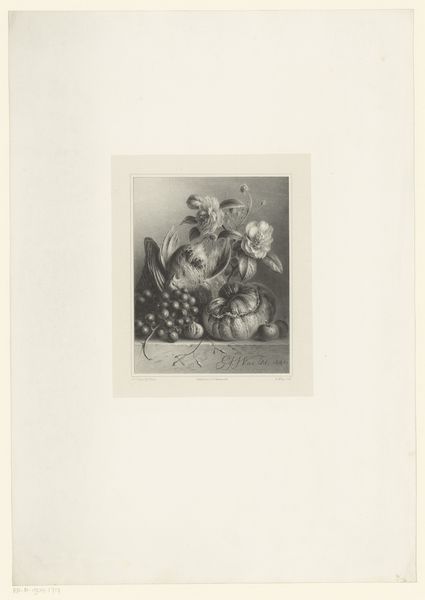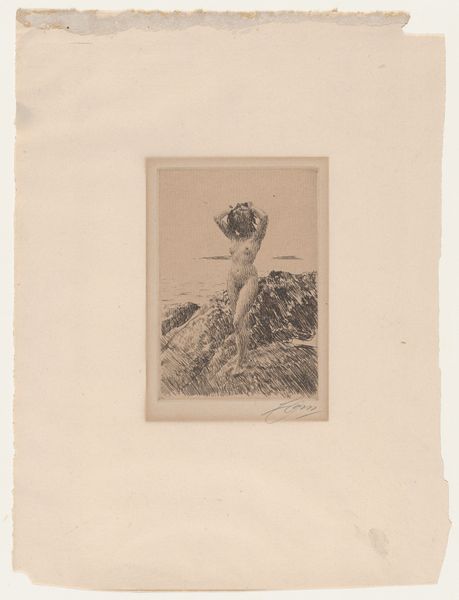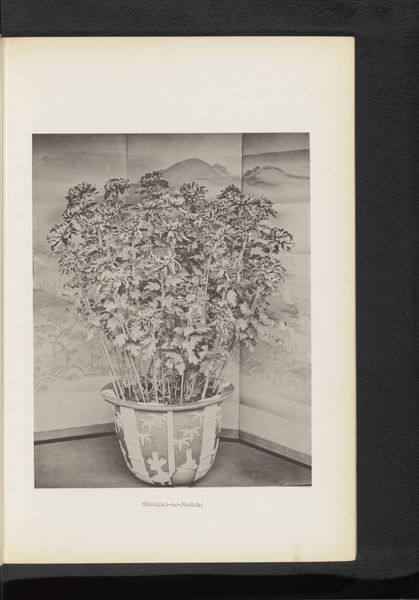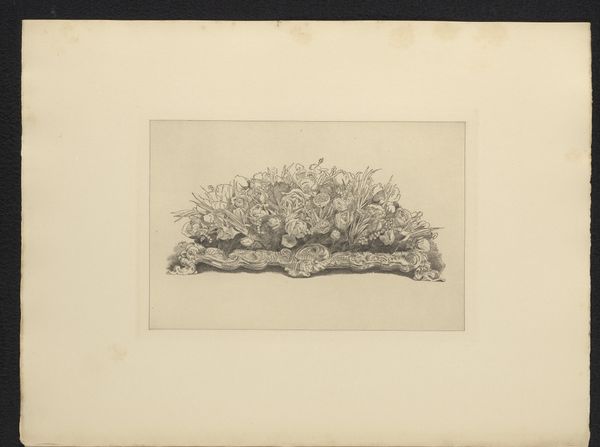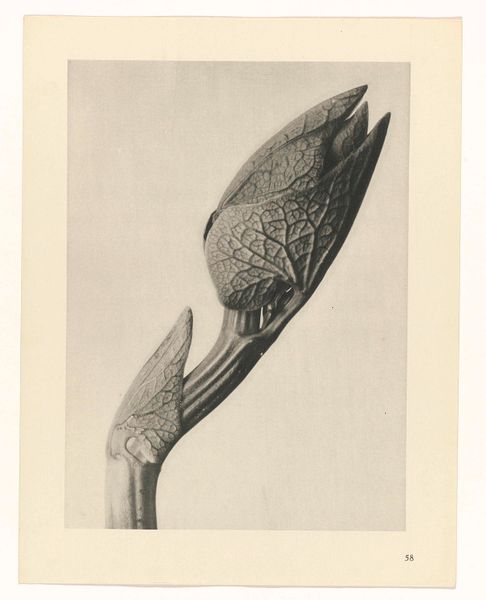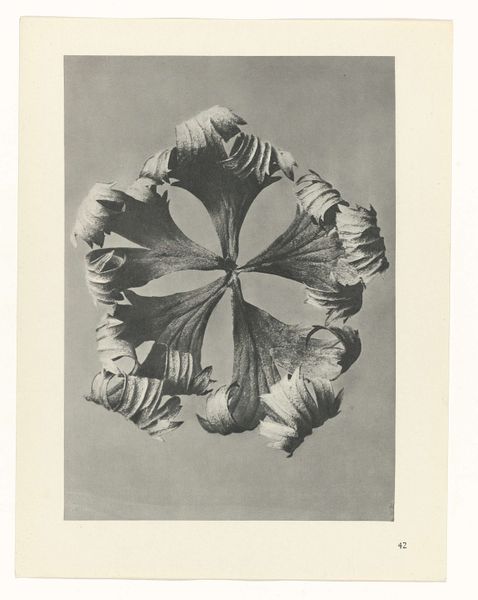![Excised Knee Joint. A Round Musket Ball in the Inner Condyle of the Right Femur [Gardiner Lewis, Company B, Nineteenth Indiana Volunteers] by William Bell](/_next/image?url=https%3A%2F%2Fd2w8kbdekdi1gv.cloudfront.net%2FeyJidWNrZXQiOiAiYXJ0ZXJhLWltYWdlcy1idWNrZXQiLCAia2V5IjogImFydHdvcmtzLzY3M2NiZTA5LTcxODctNDY4Yy04NzYwLTFmYjlhZjU0NDRjZC82NzNjYmUwOS03MTg3LTQ2OGMtODc2MC0xZmI5YWY1NDQ0Y2RfZnVsbC5qcGciLCAiZWRpdHMiOiB7InJlc2l6ZSI6IHsid2lkdGgiOiAxOTIwLCAiaGVpZ2h0IjogMTkyMCwgImZpdCI6ICJpbnNpZGUifX19&w=3840&q=75)
Excised Knee Joint. A Round Musket Ball in the Inner Condyle of the Right Femur [Gardiner Lewis, Company B, Nineteenth Indiana Volunteers] 1866 - 1867
0:00
0:00
photography, gelatin-silver-print
#
photo of handprinted image
#
still-life-photography
#
toned paper
#
war
#
photography
#
gelatin-silver-print
#
19th century
#
academic-art
#
watercolor
Dimensions: 19 x 15.3cm (7 1/2 x 6in.) Mount: 35.4 x 27.6cm (13 15/16 x 10 7/8in.)
Copyright: Public Domain
Curator: Alright, let's get started! Editor: This is a photograph from 1866-1867 by William Bell, titled "Excised Knee Joint. A Round Musket Ball in the Inner Condyle of the Right Femur [Gardiner Lewis, Company B, Nineteenth Indiana Volunteers]". It's a gelatin silver print of…well, exactly what the title suggests. I find it strangely compelling, though also deeply unsettling. What do you make of this rather clinical, yet incredibly human, piece? Curator: Oh, it sings to me of mortality, Editor. Doesn't it make you think about the brutal realities of the Civil War, reduced to this quiet, almost scientific examination? It's a stark still life, if you can even call it that. Look at the contrast – the softness of the light against the harsh, unyielding bone. A war injury becomes an object of study. What story do you think it tells about how people dealt with war and death during that time? Editor: I see what you mean about the brutal realities; the title tries so hard to be detached, clinical, but I can’t help but think of the poor soldier… Gardiner Lewis. I hadn't really considered it in relation to photographic practices either, beyond simply recording an image. Curator: Precisely! Photography in the 19th century straddled the line between art and documentation. It offered a new way of seeing and understanding the world. Perhaps Bell was aiming for posterity, or even seeking some solace amidst the suffering by examining its physical manifestation so closely. Do you think he saw the soldier's pain, or only the objective detail of bone and metal? Editor: It's probably impossible to know what was in Bell's mind. But reflecting on it, there's something to be said about the limitations of that clinical gaze, its incompleteness. I find I bring more to this image each time I view it. Curator: Indeed! Art's capacity to stir our contemplation – about healing, documentation, death – it’s this constant invitation that keeps me engaged, that keeps us coming back for more. This piece is both stark and subtle in what it evokes.
Comments
No comments
Be the first to comment and join the conversation on the ultimate creative platform.
